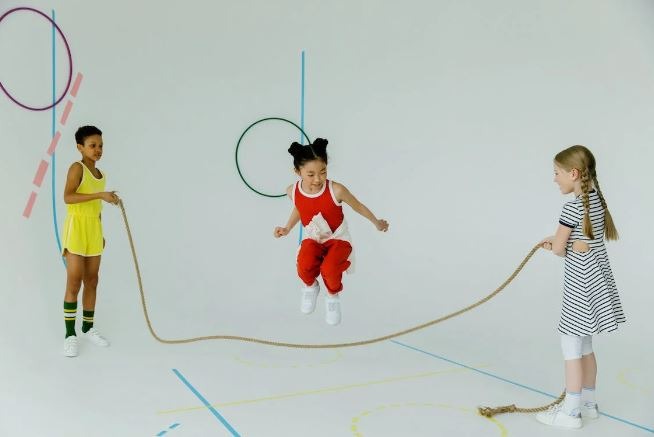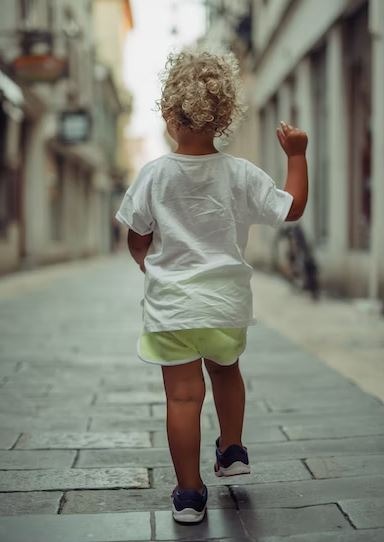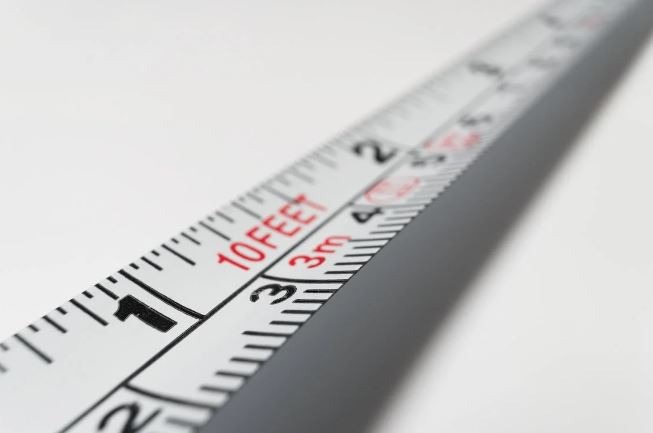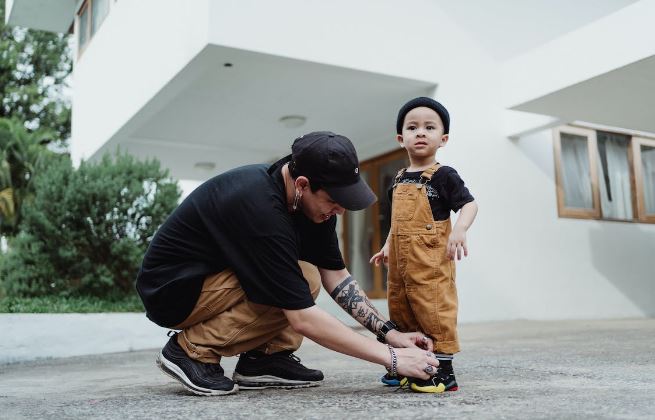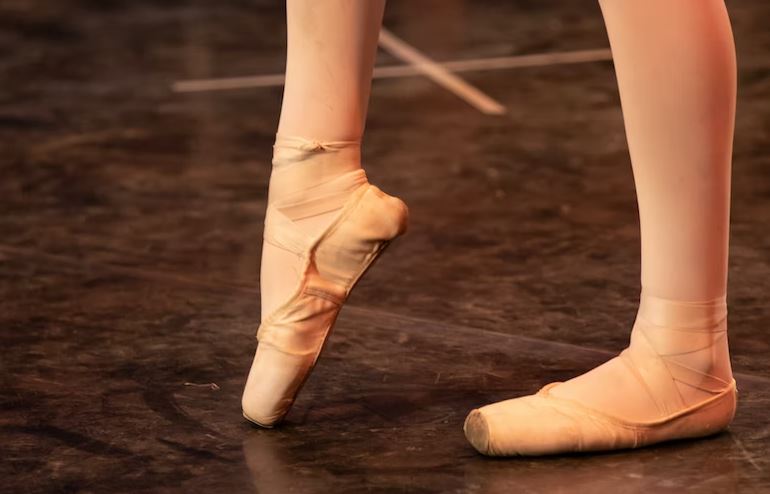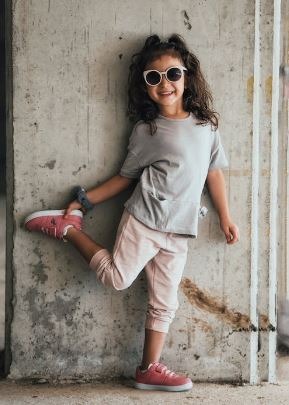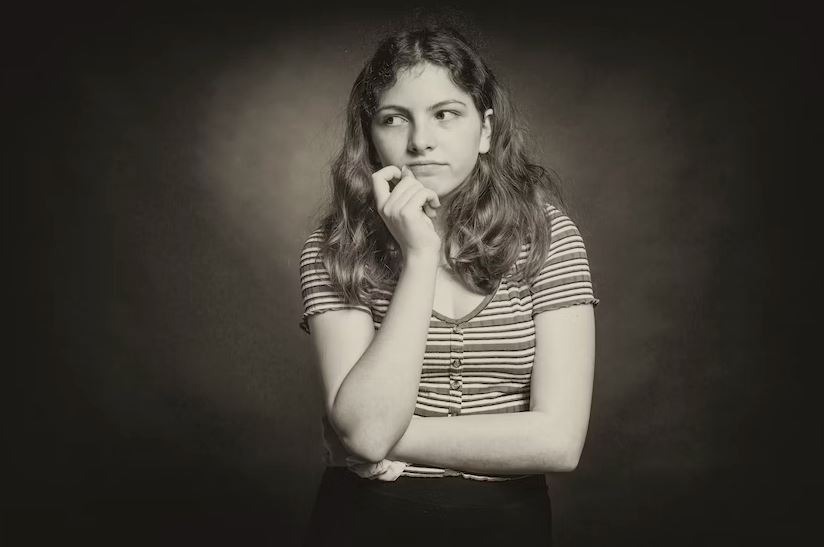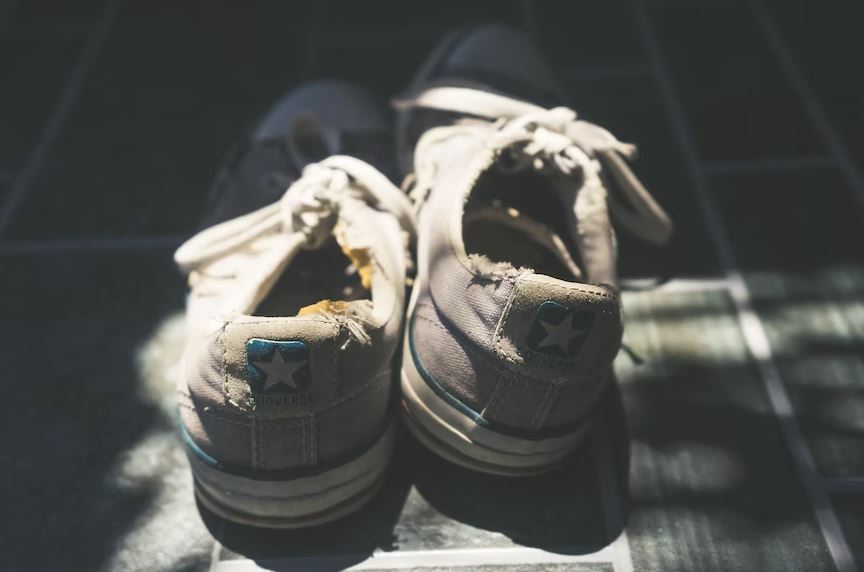There may appear to be overwhelming possibilities, and purchasing shoes for kids may appear to be a hard undertaking. Consider this a complete guide on buying children’s shoes. After this essay, you’ll know the best shoes for preschoolers and the finest toddler shoes for gross motor development.
Children are typically ready to wear shoes after walking for approximately 4 to 6 weeks. An exact timeline for this is yet to be available. Each child is unique.
Children only require supportive shoes once they start walking. Before toddlers start walking, it is recommended to let them go barefoot, as it can aid in strengthening the muscles in their feet. Parents can opt to use socks or soft shoes to ensure their child’s feet stay warm during the colder months.
Choosing Shoes for Your Child
It is important to closely observe your child’s feet while they are walking in their shoes. It is important to ensure the following:
- The heel of the shoe is not sliding up and down.
- Their foot isn’t falling out of the back of the shoe.
- The right size for their socks or tights
When purchasing shoes for your child, it is important not to assume that a higher price tag equates to better quality.
Your Child’s Shoe Size
When it comes to purchasing shoes for kids, there are a few things to keep in mind. First, make sure to measure your child’s feet regularly, as their size can change quickly at this age. Too-tight shoes may prevent the toes from having enough room. This may prevent the foot from developing normally.
- There should be around 1 cm of room at the end of the toes when inspecting your child’s shoes.
- Always have their feet measured by a professional.
Measuring Tips
- It is important to note that feet tend to swell throughout the day. Therefore, measuring your child’s feet later in the afternoon or evening is recommended to ensure an accurate shoe size.
- It is always recommended to measure while standing.
- Measuring both of your feet is important to ensure a proper fit. It is important to consider the difference in size between the two and make necessary adjustments accordingly.
- Width is also an important factor to consider. Some kids have broad feet. If the length is correct, but the width is incorrect, you have the improper shoe, and vice versa. You may need to experiment with different brands and styles at times. Both length and width should be enough.
- Check if the toe box is broad enough.
If The Shoe Fits
Determining whether the shoes you have selected for your preschooler are the perfect fit essentially boils down to ensuring they are appropriately snug. It is recommended to leave approximately half an inch of space between the edge of your child’s toes and the edge of the shoe.
What Kind of Shoes to Get
Look for shoes with a flexible sole and a wide toe box to allow for natural foot movement and growth. Velcro or slip-on styles can make it easier for your child to put on and take off their shoes independently. Prioritize comfort over style, as young children need shoes that will support their developing feet.
Try to get your child a shoe that lets their foot bend. But if you can easily twist the bottom, the shoe is too soft and won’t support the foot enough. The heel of the sandals should be closed.
Check The Shape of The Shoes
Ensure your child’s shoes are bigger at the front than the back. Avoid shoes with pointy toes because they can make it hard for their toes to move. This is very important, especially if your child has big feet.
Shoes You Should Avoid
Shoes based on popular adult shoes aren’t truly intended for children or child-like play. Shoes with laces, Velcro straps, hook and loop closures, or other fasteners are the most secure.
This allows your youngster to concentrate on learning or growing comfortable with walking rather than maintaining the shoes on their feet.
Buying a toddler shoe with a firm rubber sole will prevent the child’s foot muscles from working properly. They should be protected while still having flexible soles.
You should avoid:
- Backless shoes or slip-on shoes
- High-heeled shoes – if the shoe has a heel, make sure it is extremely tiny and flat
- Very flat slip-on footwear, like ballerina flats
- Boots like sheepskin, jelly clogs, and rubber clogs
- Shoes that need to be “broken in” is a red flag that they were either poorly made or not sized correctly for your child’s feet.
Slip-on shoes should be avoided for your child since they force them to clench their toes in order to keep the shoe on. When walking long distances, this might cause pain.
If your child wears lace-up shoes or runners, encourage them to knot their laces. Laces, buckles, or velcro fasteners assist in keeping the heel in place when moving.
What To Actually Look For
The first and most obvious criterion is the shoe material. The child’s age plays a role in this. Toddlers require lightweight, flexible shoes; more comfortable walkers can use shoes with grip. Preschoolers want shoes that are both durable and flexible. You should be able to “fold” the shoe in half or easily twist the toe.
For optimal performance, it is recommended that the shoes possess flexibility and a secure attachment while avoiding ankle coverage and elevated heels. For preschoolers, the shoes they wear must allow their feet to move naturally. This means that the soles of the shoes should be flexible and able to bend with the foot. Additionally, it is crucial that the shoes are comfortable for the child to wear.
When it comes to children’s shoes, it’s important to keep in mind that their feet tend to sweat a lot. Therefore, choosing shoes with breathable materials for the upper part is recommended. Materials such as leather, canvas, and mesh are known for their breathability, allowing air to circulate through the feet. It is important to ensure that the insole is made of absorbent material.
Making The Decision
If you believe your child is old enough, you may always inquire which shoes they like among those that match all of these characteristics. It will make the shoe-buying process more enjoyable for them, and kids will be pleased to wear and play in shoes they thought were comfortable and have a color or style they love.
However, don’t be deceived by companies that promote memory foam or foam footbeds. Terms like “run shoes” and “slip-on sneakers” can also be deceptive. Follow the guidelines outlined above.
When To Get the Next Pair of Shoes
It will eventually happen. Once the ideal pair has been discovered, your child will inevitably outgrow them. This is how you can determine when it is the appropriate time.
According to Footcare MD, infants’ feet can grow more than half a foot size in just two months if they are under 16 months of age. During 16 to 24 months, toddlers typically experience a growth spurt of approximately half a foot size every three months. Children between the ages of 2 and 3 usually experience a growth of half a foot size every four months, while those aged 3 and above typically grow between four and six-foot lengths.
Check your child’s shoes on a frequent basis to ensure that their toes have enough room to wiggle. This will be determined by how fast your youngster grows.
Signs Your Child Has Outgrown Their Shoes
It is important to note that preschoolers may not express discomfort if their shoes become too small or tight. Therefore, it is recommended to look for certain signs indicating the need for new shoes.
- worn-out regions
- bulging sides and strained seams
- toes that flex upward toes that brush against the end of the shoe
Conclusion
Shopping for kids’ shoes can be a fun, exciting and challenging experience. However, it is vital to consider the tips mentioned above to ensure that you get the perfect pair of shoes for your child. Choose the right shoes, and closely observe that the shoe is not sliding up and down and not falling out. Your child’s shoe size should be accurate. Ask for assistance in case you are pretty unsure. It is essential that the shoe perfectly fits and is appropriately snug. We should also consider the type and shape of shoes to get. Shoes with a flexible sole and wide toe box allow movement and growth. Most parents prefer velcro or slip-on types for their children as it is easier to put on and take off. Remember to measure the feet, check the fit and look for quality shoes that fit the occasion and your budget.
Although appearances aren’t everything, make sure your youngster enjoys his or her new shoes. It will go a long way toward ensuring a more carefree exit from the house whether you are hurrying out the door or short on time. Remember that children, like adults, have their distinct styles. It is your responsibility as a parent to assist them in discovering and embracing it!

